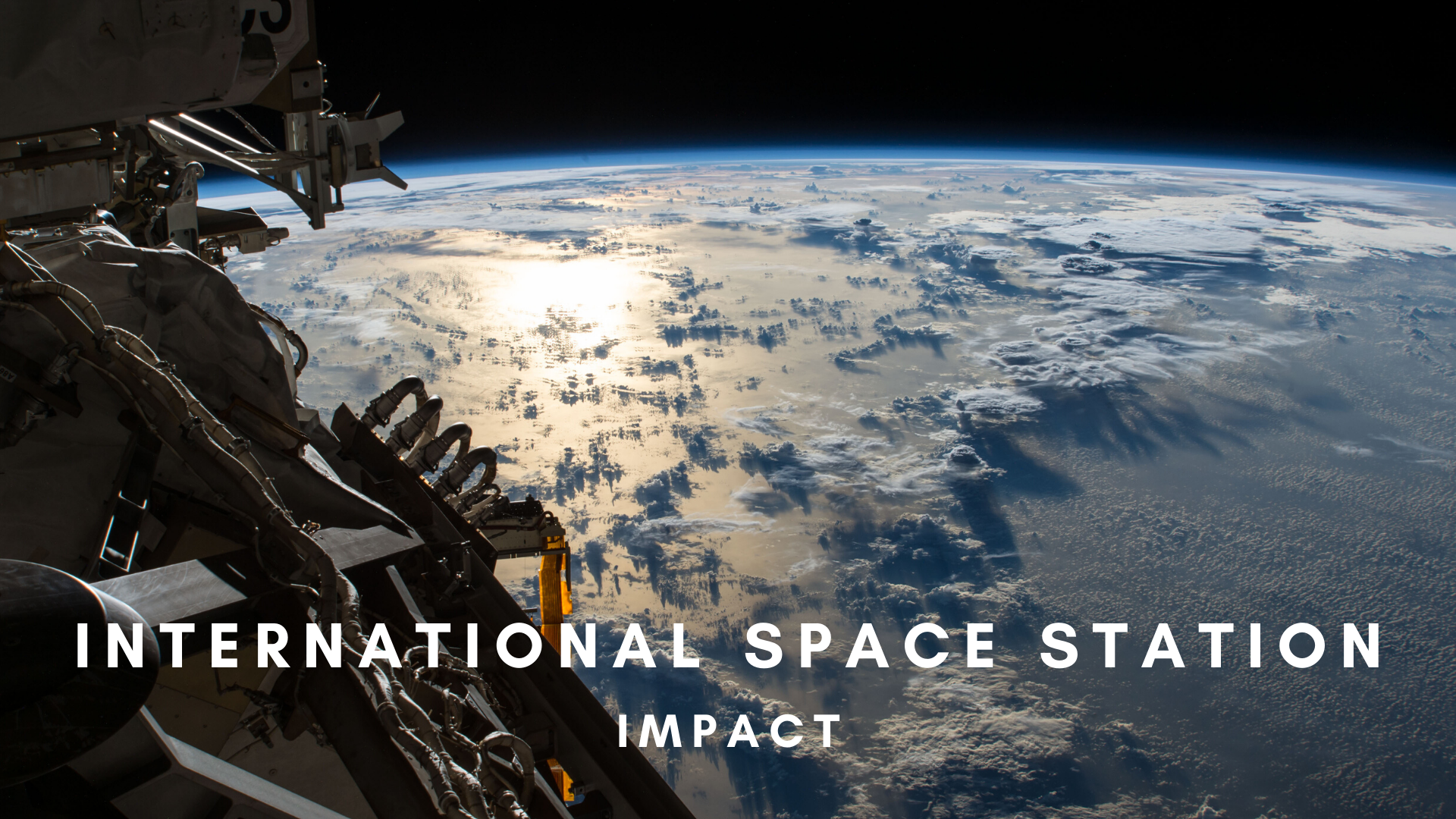
IMPACT
"Our work on the ISS was a culmination of five years of ground-based research and many years of experiments both in the lab on the ground, and on the Space Shuttle/ISS...the space environment does things to bodies that can't be easily replicated on Earth in a 1g environment...My group tested drugs on the space shuttle and on the ISS to see if some of the changes in the immune system during space flight could be reversed...Space and the ISS help us understand those processes."
~ interview with Stephen Chapes, PhD, M.P.H, American Society for Gravitational and Space Research Professor Emeritus, Kansas State University, TARBIS Project
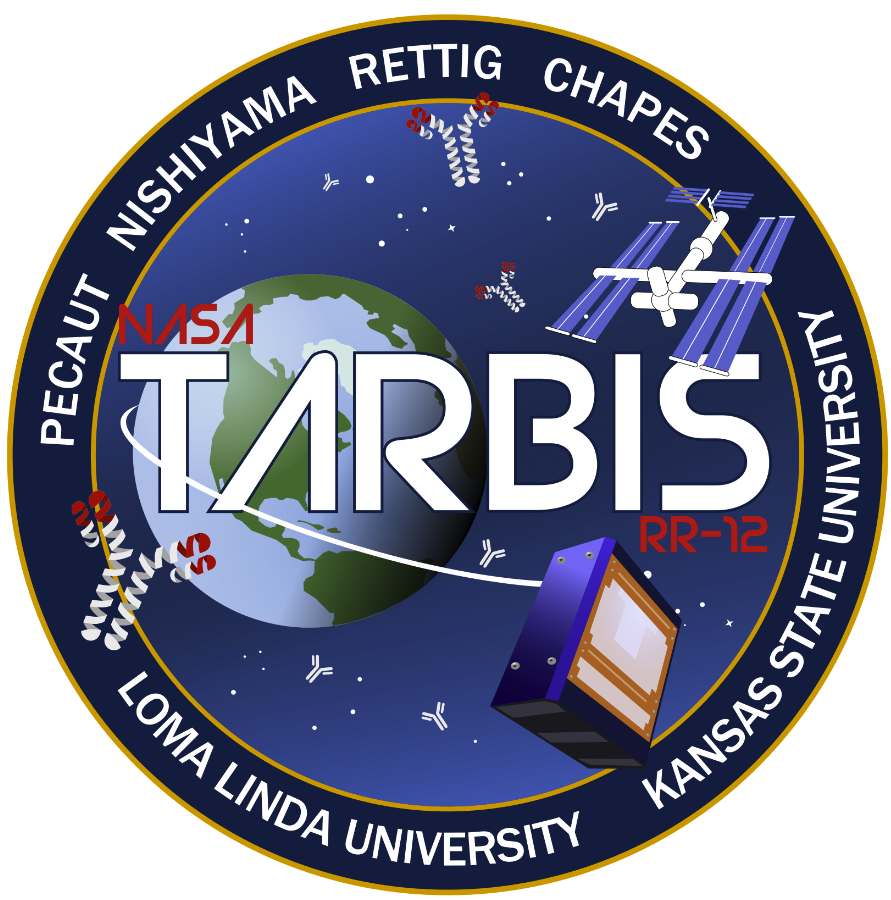
TARBIS mission patch.
Photo Courtesy of Stephen Chapes/NASA
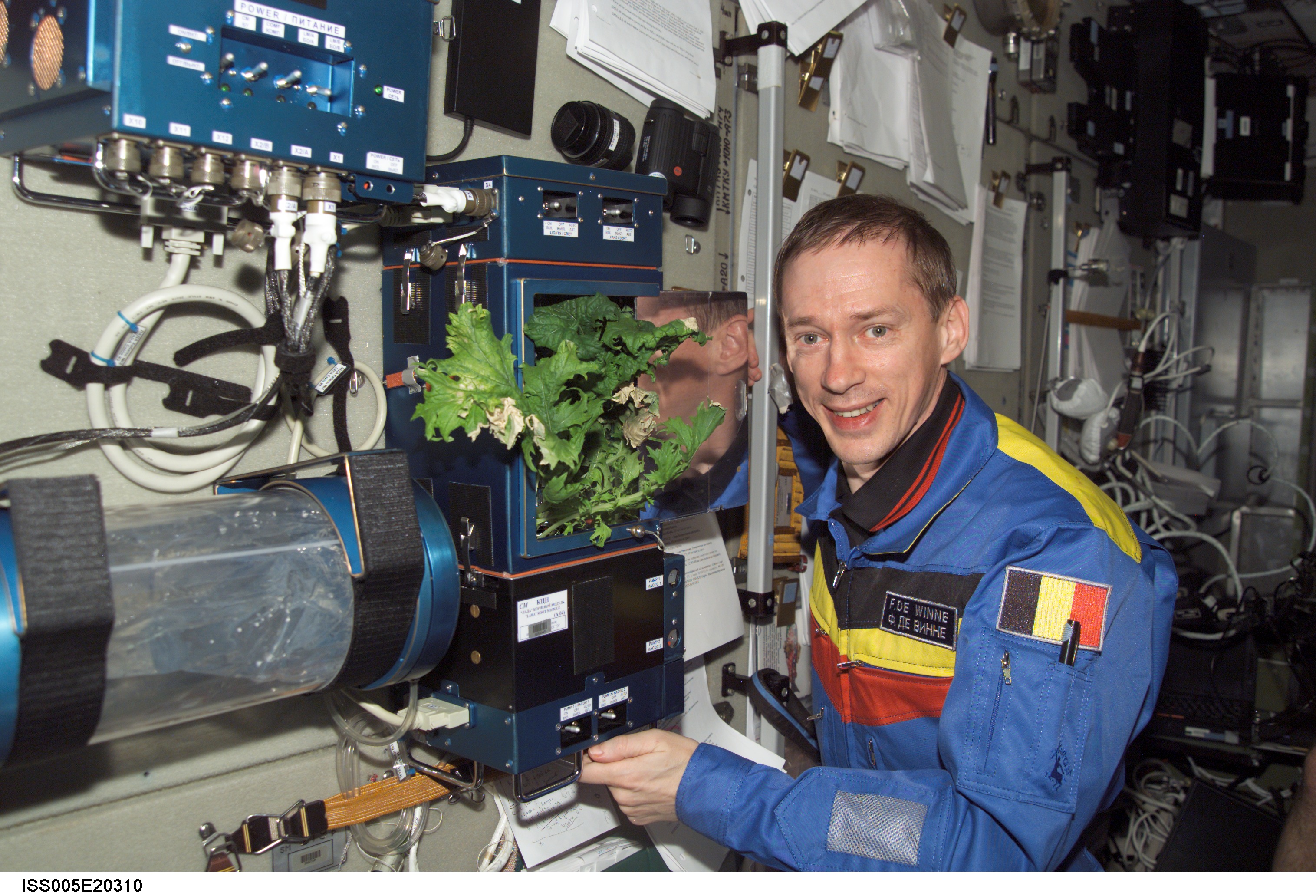
Belgian astronaut Frank De Winne Experiment Growing Plants, ISS
Photo Credit: NASA
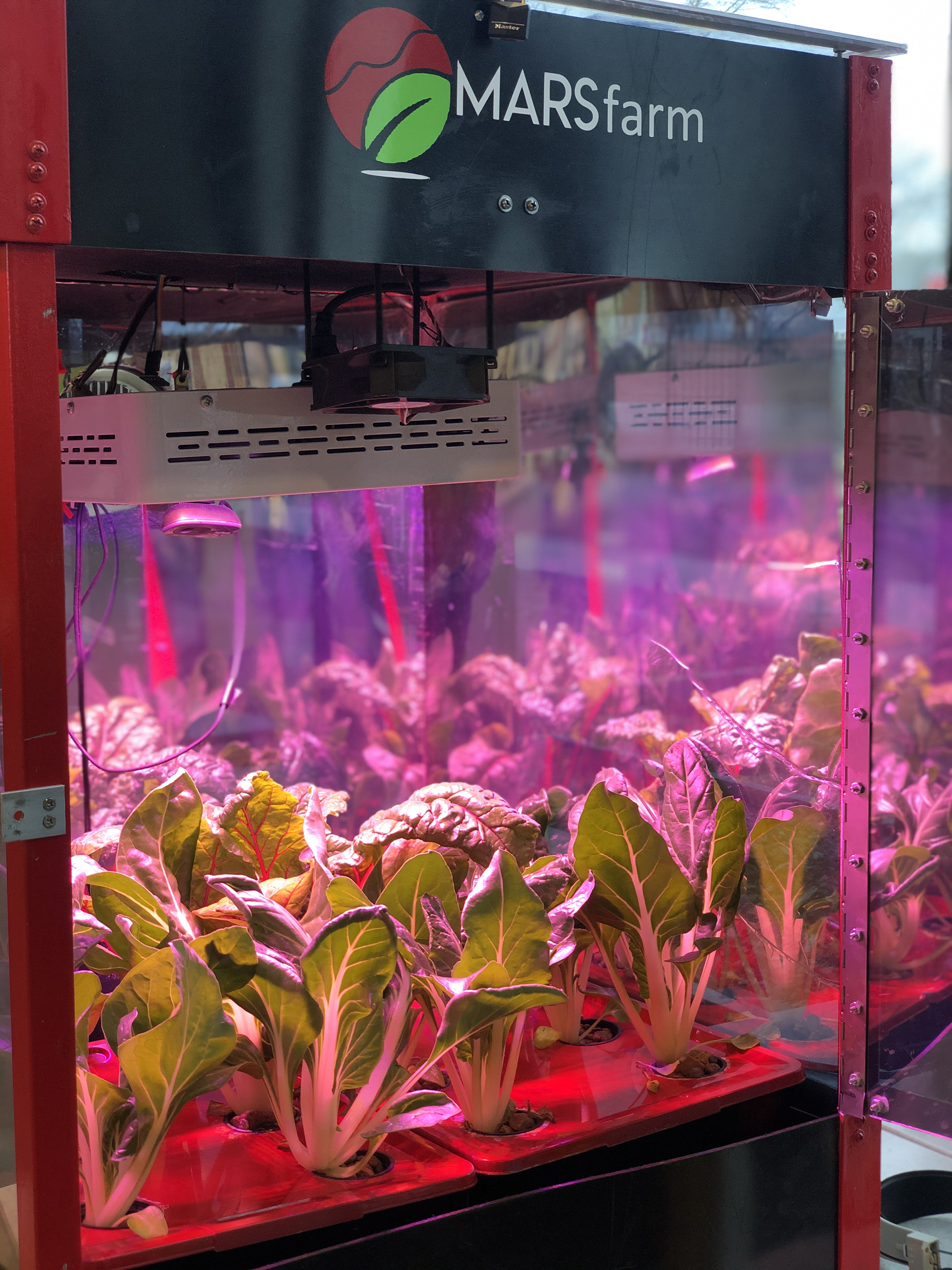
Model of MarsFarm "food computer" demonstration of food grown in space using hydrophonics. (St. Louis Science Museum)
Photo Credit: Katelynn Murdock
"...We track every object in LEO and provide services to keep satellites and eventually humans from having a terrible collision in space. I hope [the ISS] stays around long enough for as many scienctists as possible to see their dreams/experiments carried out in space. The wait list to get science on the ISS is years long and these research ideas could have a profound impact on humanity."
~ interview with Garrett Katzenstein, LEO Labs
LEO Labs Low Earth Orbit Visalization (sample) of debris and satellites in orbit around Earth.
Short Term
After the establishment of the ISS, many experiments could now be tested in low Earth orbit (LEO), that were not able to be carried out efficiently on Earth, or within the short-term Space Shuttle missions. Astronauts from many countries now cooperated and lived together in space.
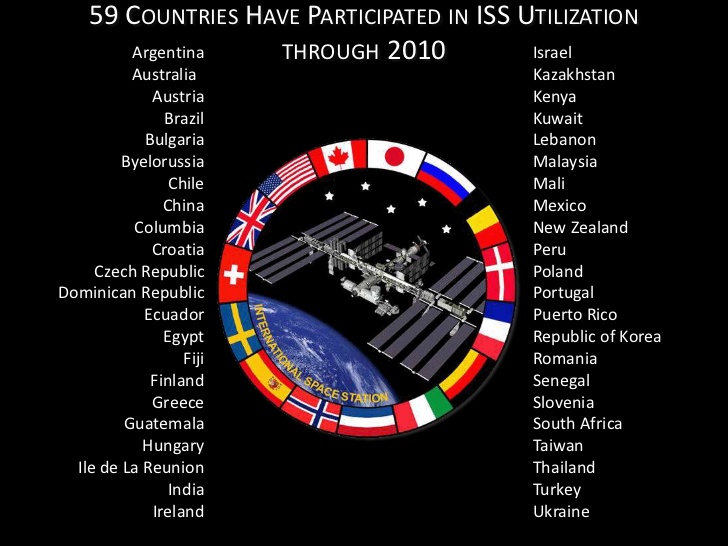
Participating Countries on ISS, 2010
Graphic Credit: NASA
"For almost twenty years, humans have lived and worked continuously aboard the International Space Station, advancing scientific knowledge and demonstrating new technologies, making research breakthroughs not possible on Earth that will enable long-duration human and robotic exploration into deep space. As a global endeavor, 239 people from 19 countries have visited the unique microgravity laboratory that has hosted more than 2,800 research investigations from researchers in 108 countries."
~ NASA
Long Term
The ISS made space exploration and research more economical, as each country shared the building and financial burden, making space exploration and LEO experiments available to more nations of the world.
The space station also allows astronauts to stay in space for a year or more allowing scientists to study the effects of long-term microgravity on the human body. It enables researchers to evaluate new technologies to meet the needs of future long-term space missions. The possibility of traveling to Mars and beyond was now possible.
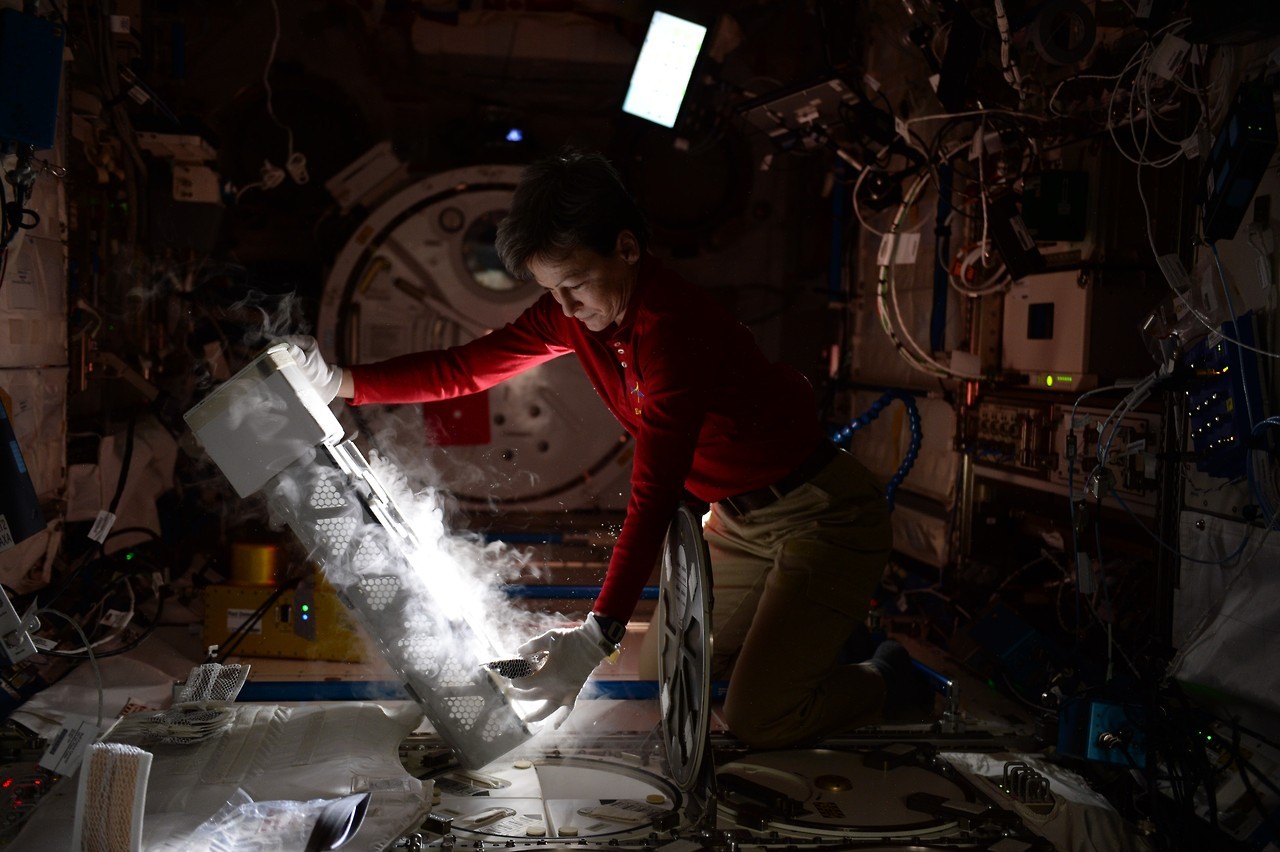
NASA Astronaut Peggy Whitson storing blood samples on ISS - Whitson broke the record for cumulative total days spent in space by any NASA astronaut, at more than 534 days.
Photo Credit: NASA/Peggy Whitson Tumblr
As global communications and commercialization of space programs increase the need for access to low Earth orbit, this increases the amount of debris and satellites orbiting in LEO that can damage the ISS. Companies now rely on new ground-based technologies to track and monitor our atmosphere in hopes of bringing awareness and safety to Earth's portal to space.
"On my first space shuttle mission (1997), internet was very limited and barely useful for anything other than rudimentary email. By the time of my final mission (2010), we could surf the web, email and text, and phone whoever we wanted via VOIP."
~ interview with Stephen Robinson, NASA astronaut
Header: The Sun's glint reflects off the Pacific Ocean shadowed by a line of cumulonimbus clouds as the International Space Station orbited over the International Date Line about 253 miles above the Earth's surface. Photo Credit: NASA